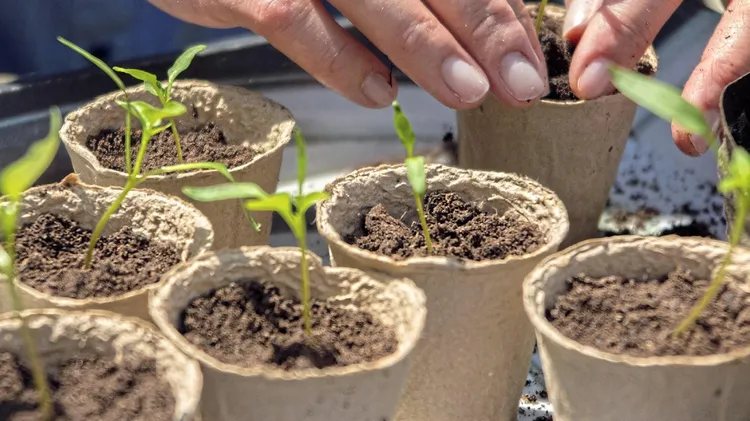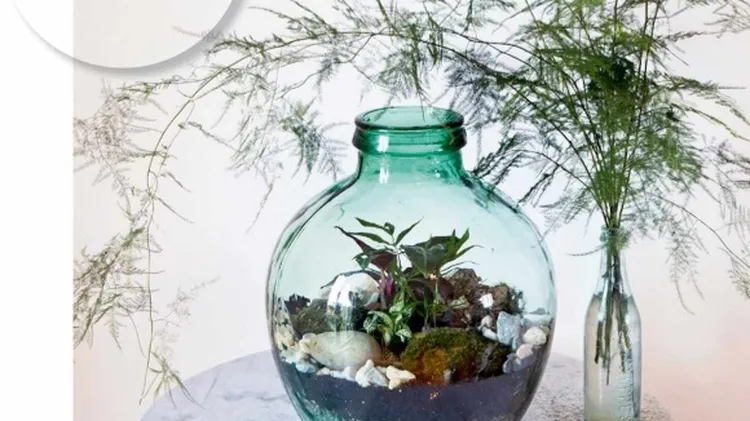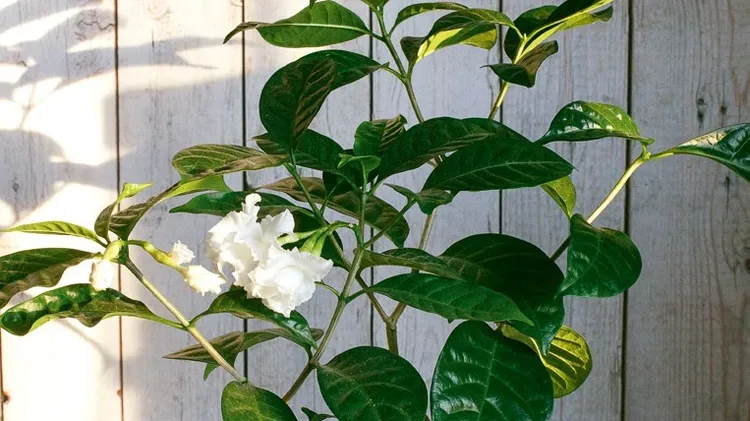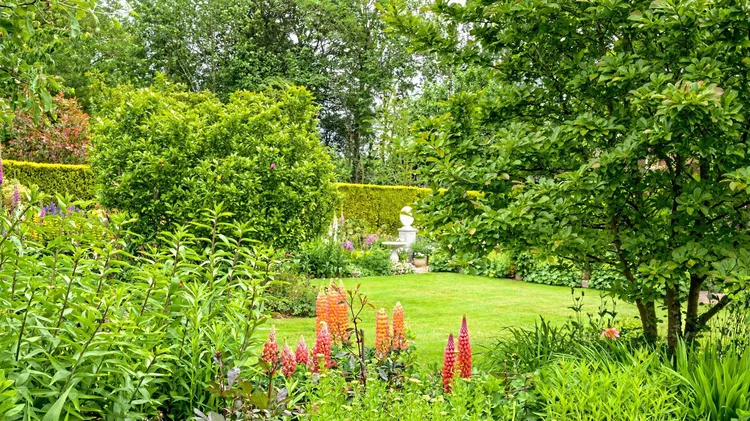Why it became one woman’s mission to rescue over 200 unwanted houseplants, and h
House proud
5 min read
This article is from...
Read this article and 8000+ more magazines and newspapers on Readly






